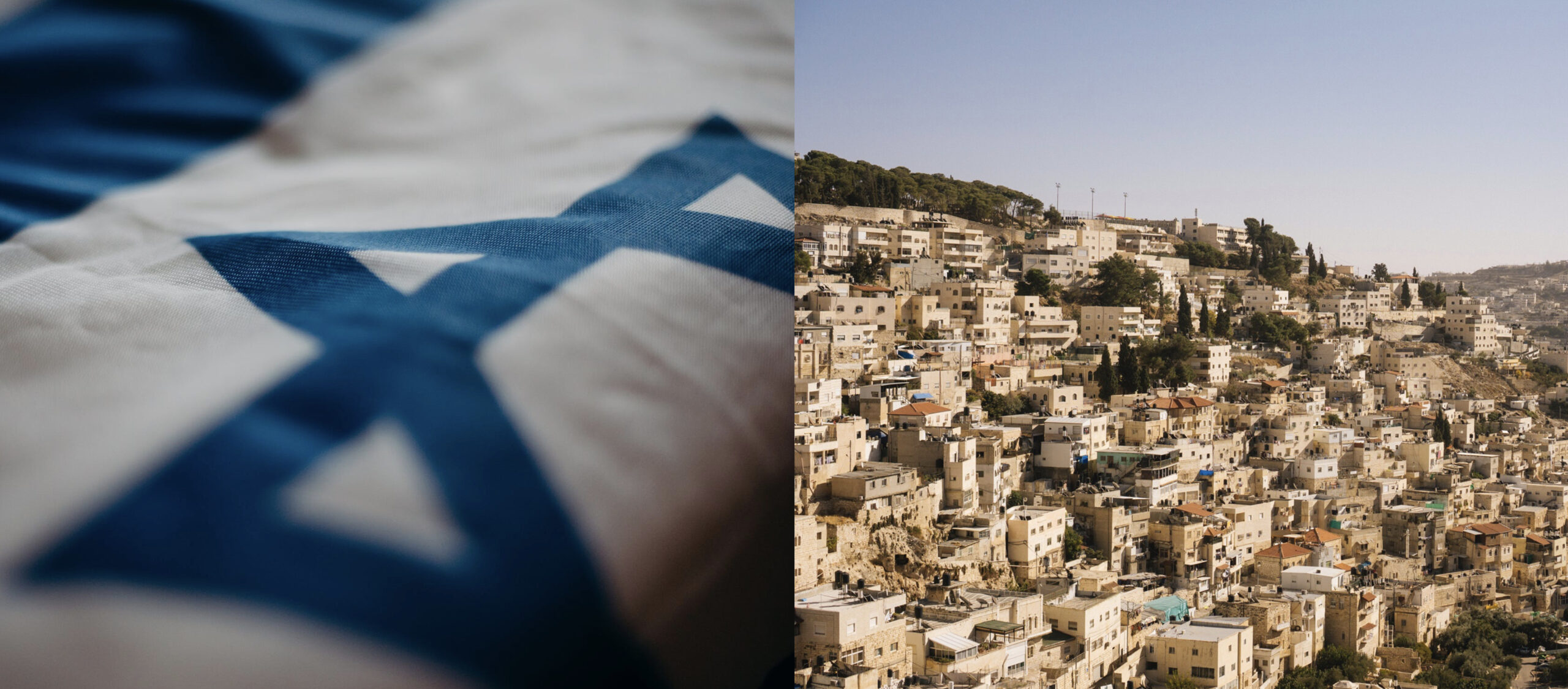
INTERVIEW | Michal Rottem: what to do in case of a sudden attack?
The Hamas invasion of Israel, which began on October 7, hit Israeli border region communities unexpectedly, resulting in a large number of casualties. Michal Rottem, a PhD student at Tel Aviv University, gave us an on-the-spot interview on whether and how the Jewish state’s civil defence system was triggered from an individual perspective.
How did you find out about the invasion?
On Saturday morning, at approximately 6:30 AM, sirens blared, signaling an impending rocket attack on my city and other cities in central and southern Israel. About 30 minutes later, I received news updates and images via Telegram, which revealed that the rockets were a diversionary tactic aimed at diverting attention while terrorists attempted an infiltration.
How are you affected by it?
When the sirens sounded, I and my family hurried to the shelter to seek safety from the rocket threat. Ever since it began, we’ve been living in a state of war readiness. Even though there haven’t been any rockets targeting our area, the news of numerous casualties, injuries, and kidnappings of Israelis into Gaza has deeply affected me and my friends.
How does the Israeli civil defense system work right now?
There is an army unit tasked with maintaining communication with the citizens, providing them with guidance on how to respond in various situations. Furthermore, the government has been establishing dedicated hotlines to address unprecedented challenges the country is facing. For instance, there is now a hotline for individuals attempting to locate their missing loved ones.
How do you get warnings, and are there sirens/app for it?
Sirens and reports on the media, but yes there are sirens and an app that shows real-time alerts from all over the country. Real-time alerts are also shown on the media.
How does the Israeli shelter look like?
Usually, these are either shelters on the streets that serve the community’s purposes during normal times, or they are shelters in buildings for all its residents. Usually they have a small bathroom with access to water, and benches and whatever else the people for whom they are intended put there. In many houses and apartments there is a separate safe room that acts as a shelter in case of emergency. In such cases, there is usually furniture and a television.
How close by are they for civilians?
New buildings in Israel are equipped with in-house shelters, which look like a normal room but are designed to provide shelter if needed. This space is commonly referred to as Miklak‘s or Mammad (formally Merkhav Mugan, Hebrew: מרחב מוגן; a safe room in a residential dwelling), but in older buildings there is a general shelter in the building for all the residents who live there. It may be located underground or in the lobby. Coming back to the Mammad, it is a space that is in every apartment and is a kind of ‘modern’ shelter that does not actually look like a shelter. Since 2000, any engineer or contractor planning a new building must follow its rules.
How does the state communicate with the civilians and what it expects from the civilians who are not currently mobilised?
Well the state comminucates with us through the media and social media. The state expects them to stay with a family that have a safe room in their house.
× The interview took place on October 9, 2023. The Crisis Research Centre has analysed the Hamas military attack against Israel in the Estonian Defence League’s military journal ‘Kaitse Kodu!’, which can be read here. Photoes: Israeli flag and a town on a hill (Pexels: Cottonbro studio, 2020 & Haley Black, 2018).
Jaga postitust:
